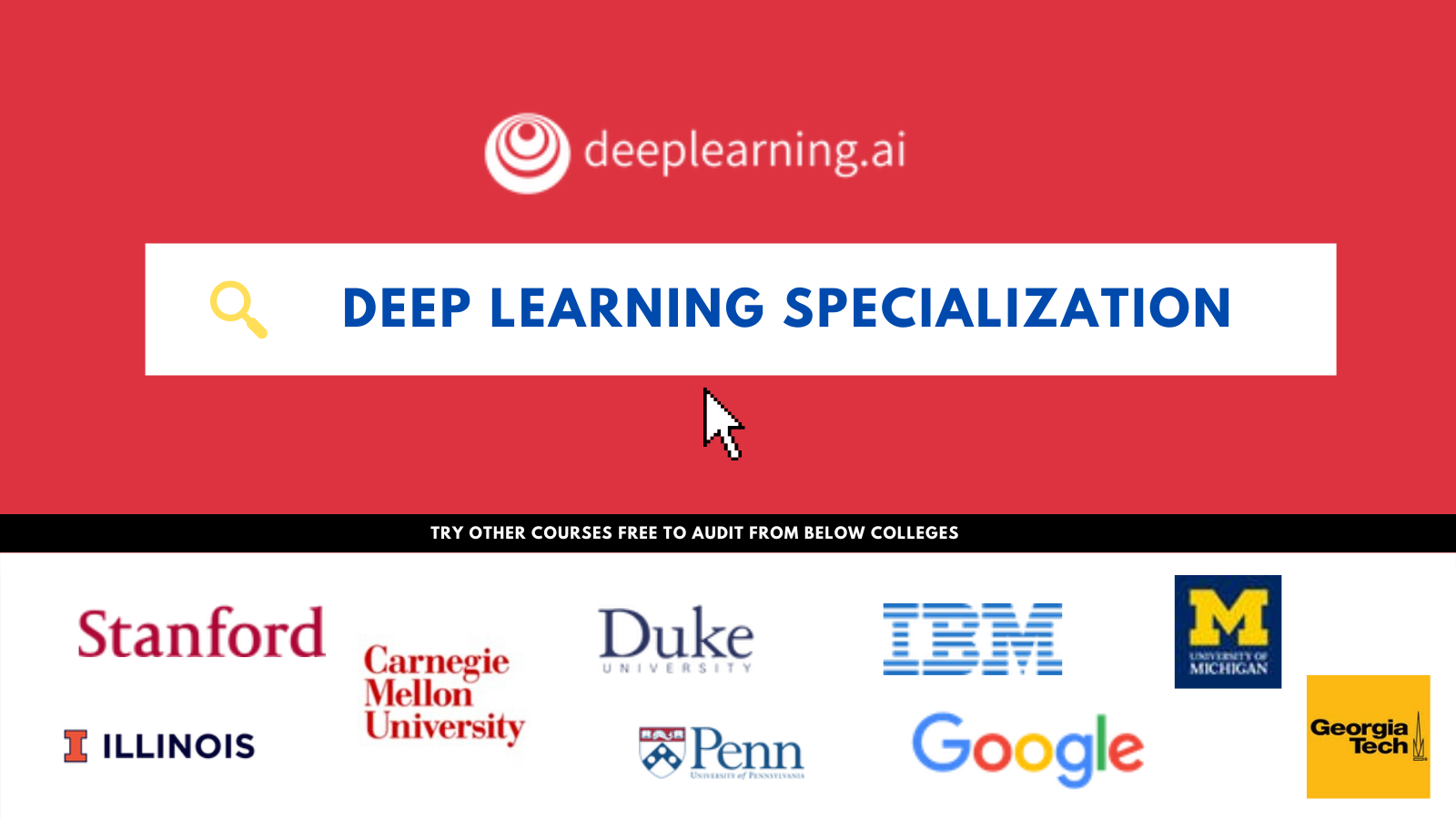
In the actual world and also in engineered systems, graphs are everywhere. A graph is a representation of a collection of entities such as objects, places, or people, as well as the relationships between them. The data which is seen in machine learning problems is usually structured or relational and hence can be represented as a graph.
A graph depicts the connections (edges) between various items (nodes or vertices). Each node, edge, or full graph can be characterized, and information can be stored in each of these components. Edges can also have directionality assigned to them to define information or traffic flow, for example.
A Graph Neural Network (GNN) is a type of neural network that is used to handle data in graph data structures. GNNs can be used to answer inquiries concerning a variety of graph features. GNN tries to anticipate the properties of the complete graph by working at the graph level. Using GNN, the existence of particular “shapes” in a network, such as circles, which could indicate sub-molecules or intimate social interactions, can be detected. Similar to image classification or segmentation, GNNs can be employed on node-level tasks to categorize nodes in a network and predict partitions and affinities in a graph. Finally, GNNs can be utilized to detect connections between entities at the edge level, for example, by “pruning” edges to determine the state of objects in a scene.
Advances in the capabilities of modern GNNs have led to breakthroughs in disciplines as diverse as traffic prediction, rumor, and fake news identification, and disease spread modeling, physics simulations, and understanding why molecules smell.
TensorFlow has released TensorFlow Graph Neural Networks (TF-GNNs), a library designed to make it easy to work with graph-structured data.TF-GNN is a set of TensorFlow building components for developing GNN models. Aside from the modeling APIs, this library also includes substantial functionality for dealing with graph data, including a Tensor-based graph data structure, a data handling pipeline, and some example models for users to learn quickly.
The TF-GNN library’s initial version includes a variety of utilities and features for both novice and advanced users, including:
- A well-defined format for declaring a graph’s topology, as well as methods for validating it. This schema outlines the training data’s shape and acts as a reference for other technologies.
- A library for parsing graph-shaped training data into a data structure from which the model may extract the various features, as well as an encoding of graph-shaped training data on the disc.
- A Keras-style high-level API for creating GNN models that can be readily combined with other sorts of models. GNNs are frequently employed in conjunction with ranking, deep retrieval (dual-encoders), or mixed models (image, text, etc.)
Graph neural networks have evolved into effective and useful tools for every problem that can be described by graphs in recent years. With the TensorFlow Graph Neural Network, the use of Graphs has become very convenient for programmers throughout the world.
Github: https://github.com/tensorflow/gnn
Reference: https://blog.tensorflow.org/2021/11/introducing-tensorflow-gnn.html
Suggested

Credit: Source link


Comments are closed.